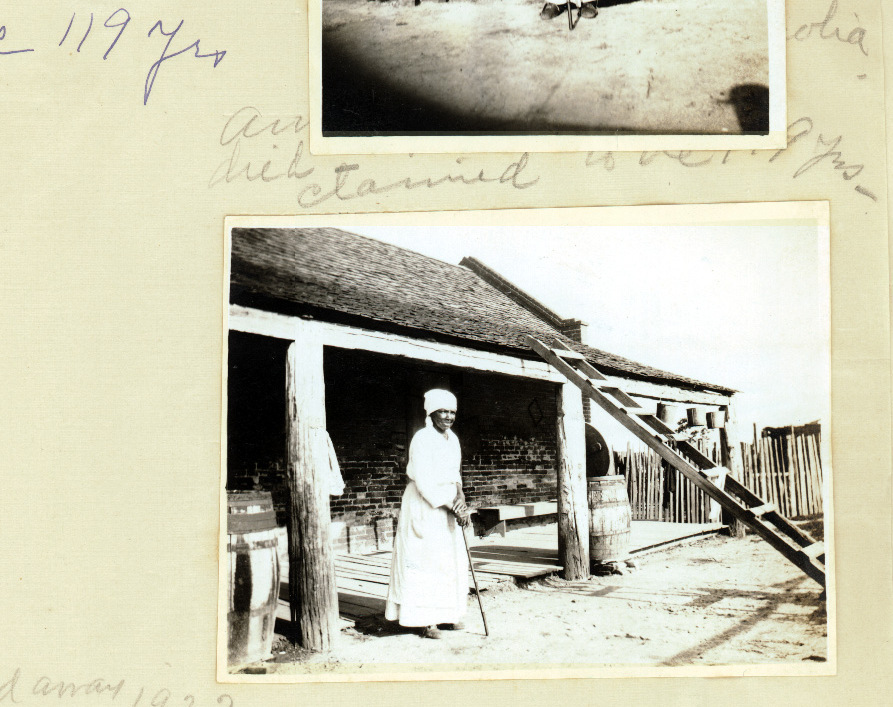
In the thick woods not far from Louisiana’s capitol city of Baton Rouge is a crumbling graveyard containing the bodies of individuals who were once enslaved. In fact, they tilled the very cane fields that their bones are now resting beside.
“Plantation owners had a moral obligation to bury the dead…but they would do it on the parts of their land that were not farmable,” an article last week in the Baton Rouge Advocate reported.
Debbie Martin, “a local genealogist, has discovered and mapped out more than 3,000 burials of black people in nearly 30 cemeteries,” the article continued, “most hidden in secluded woods near sugar cane fields in West Baton Rouge Parish. She suspects there could be many more.”
Martin is presently trying to raise money to find more of these burial sites. She founded a Facebook group called the Westside Cemetery Preservation Association. Those interested can send an email to, savethegraves@yahoo.com, and find out more about volunteering, or accessing the information that Martin has compiled so far.
She believes at least two of these old cemeteries lie within the property of the Dow Chemical plant complex, and is hoping to gain access to the site.
“We’re really going to need to raise some funds to do what we need to do,” Martin told the Advocate. “I want to put up signs, fences. Give people a place to visit their ancestors.”
One source of funding, or at least historical knowledge on the issue, could be the Cammie G. Henry Research Center, at Northwestern State University, in Natchitoches, Louisiana, which contains a vast collection of photos and documents on Louisiana’s terrible history of slavery. Several of these photos are of Aunt Agnes and Aunt Winnie, whom Digital Dying wrote about in 2015.
“When Winnie died, according to newspaper clippings, she was 130 years-old,” the article states, “an age that if accurate would make this former slave the oldest known human being ever to have lived on earth.”









